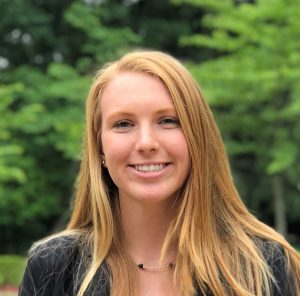Quantifying Dry Weather Flow Sources Using Stable Isotopes in San Diego County, CA

BS Candidate
Advisor: Dr. Trent Biggs
Friday, May 8th, 2020
2pm – via zoom
watch Hannah’s defense here
Abstract
“Urban drool”, otherwise known as an unwarranted, unpermitted, dry weather flow is seen as a nuisance because it may impact the survival of riparian species or could carry pollutants to receiving waters. In addition, unwarranted discharges of tap water can prevent San Diego from achieving its goal of conserving water or being “water-wise”. Not all dry weather flows are a nuisance, and it is possible to know how much of these dry weather flows contain nuisance flows by quantifying the amount of tap water found in each stream sample. This study shows how stable isotopes can be used to quantify the amount of tap and local groundwater present in surface waters. In this study, a total of 103 samples were collected at 16 sites during the dry seasons of 2018 and 2019 to be analyzed for their stable isotope compositions. Samples were collected throughout the Los Penasquitos, Sweetwater River, and San Diego River watersheds. Tap water fractions were calculated through the establishment of appropriate endmembers at each site as representative of the sample site’s elevation and tap water composition. Local endmembers are found by understanding the relationship of how isotopes change with elevation in San Diego and tap water endmembers can be found by taking weighted averages of the tap water within the watershed. All samples had experienced evaporation, so local evaporation lines derived from temperature and humidity data were used to trace back to the mixing line in between endmembers to calculate tap water percentages. Isotopes change minimally through time of sampling periods but do vary by sample location. The amount of tap water found in sites vary from 4% to 67%. These changes allow us to identify places where tap water could potentially be entering the system.

